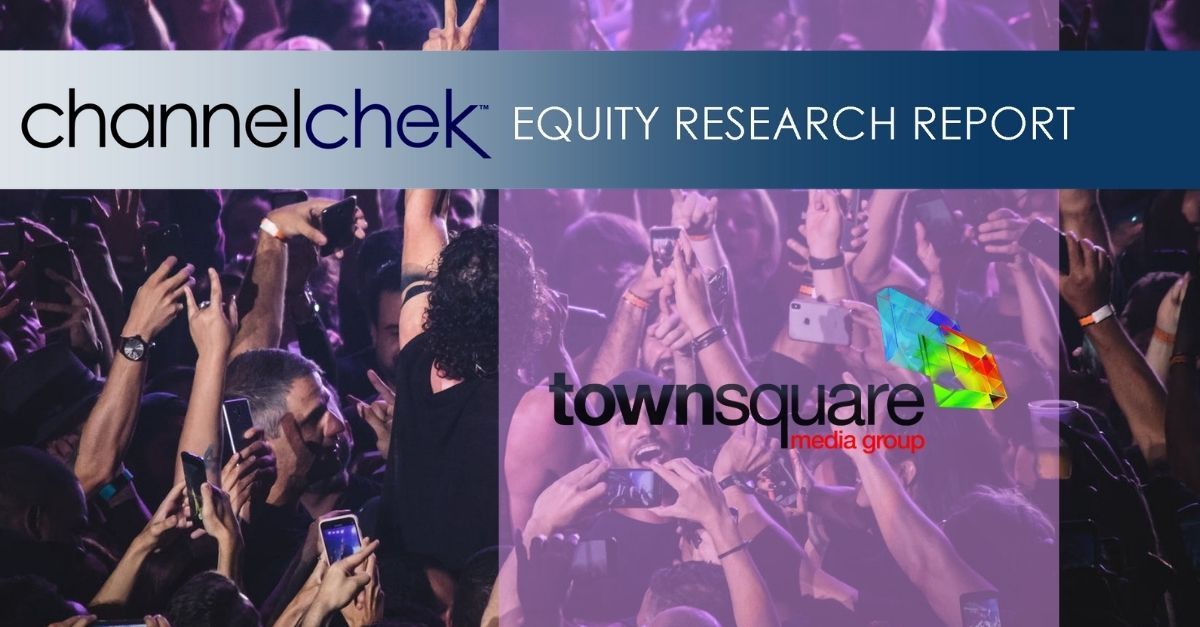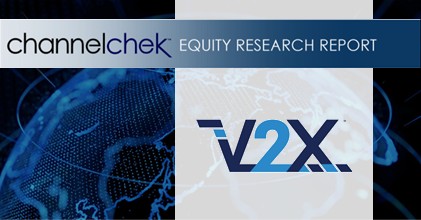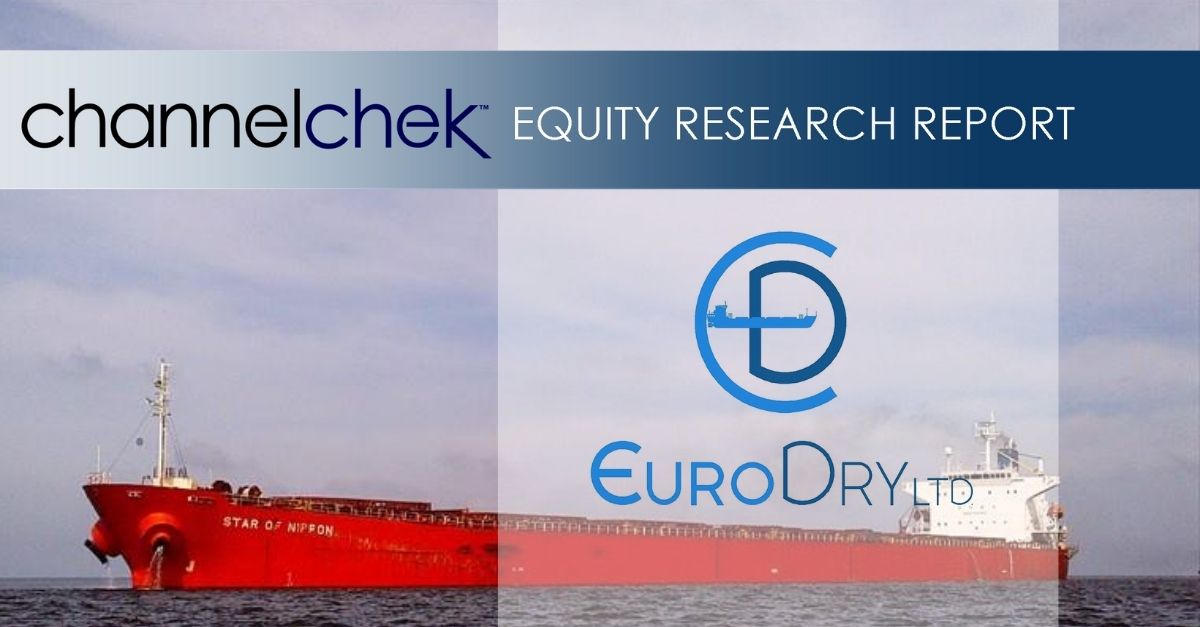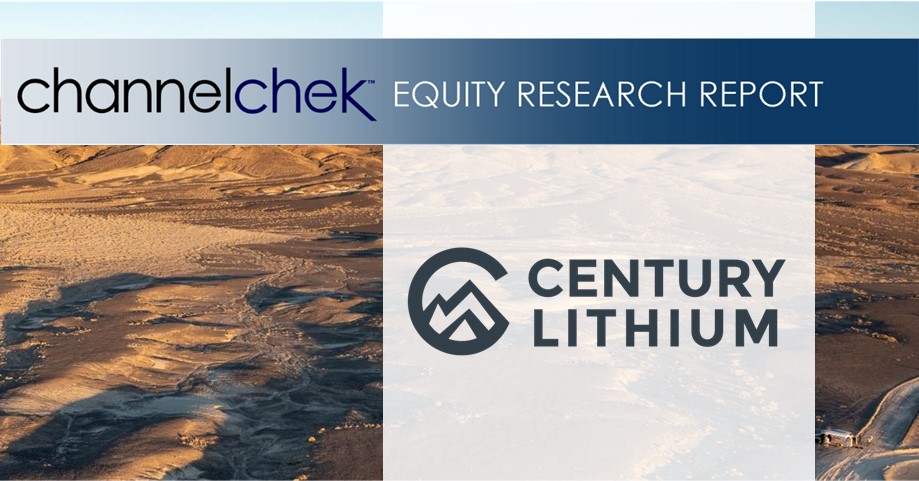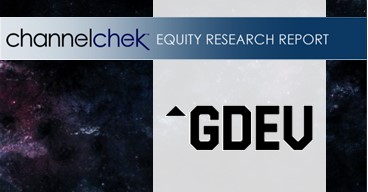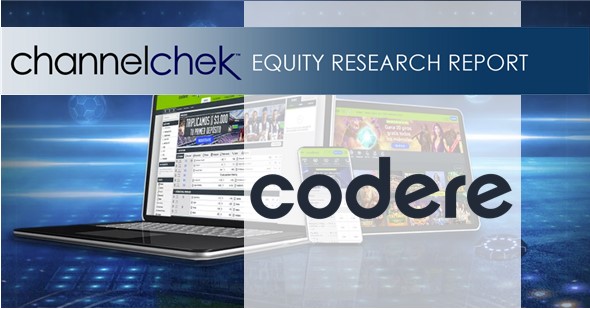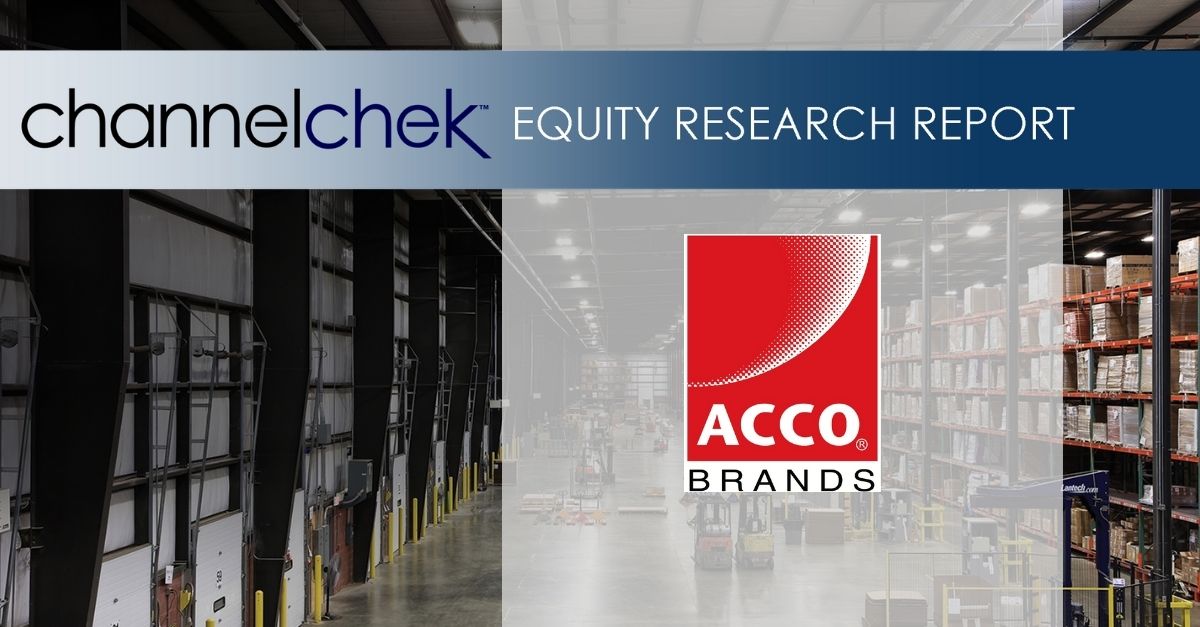
Wednesday, February 26, 2025
Travelzoo® provides its 30 million members with exclusive offers and one-of-a-kind experiences personally reviewed by our deal experts around the globe. We have our finger on the pulse of outstanding travel, entertainment, and lifestyle experiences. We work in partnership with more than 5,000 top travel suppliers—our long-standing relationships give Travelzoo members access to irresistible deals.
Michael Kupinski, Director of Research, Equity Research Analyst, Digital, Media & Technology , Noble Capital Markets, Inc.
Jacob Mutchler, Research Associate, Noble Capital Markets, Inc.
Refer to the full report for the price target, fundamental analysis, and rating.
In line quarter. The company reported Q4 revenue and adj. EBITDA of $20.7 million and $5.4 million, both of which are in line with our estimates of $21.5 million and $5.1 million, respectively. The recent results were adversely affected by weakness in Europe, primarily Germany, which we believe is temporary. In our view, investors should focus on the improving fundamental trends likely beginning in the first quarter of 2025.
Europe lags, but appears temporary. The company’s North American segment had a solid quarter, while revenue was relatively flat compared to the prior year period, operating margins improved from 29% to 33%. Additionally, Jack’s Flight Club grew revenue and posted a positive operating income. Europe experienced a tough quarter, largely attributed to political uncertainty and advertising issues in Germany, which are not expected to continue.
Get the Full Report
Equity Research is available at no cost to Registered users of Channelchek. Not a Member? Click ‘Join’ to join the Channelchek Community. There is no cost to register, and we never collect credit card information.
This Company Sponsored Research is provided by Noble Capital Markets, Inc., a FINRA and S.E.C. registered broker-dealer (B/D).
*Analyst certification and important disclosures included in the full report. NOTE: investment decisions should not be based upon the content of this research summary. Proper due diligence is required before making any investment decision.




